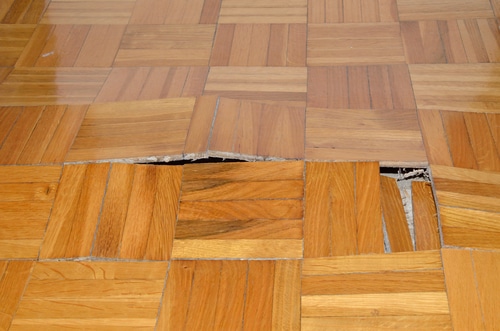How to Check If Your Home Has a Covert Leak
How to Check If Your Home Has a Covert Leak
Blog Article
This post listed below relating to Detecting hidden plumbing leaks is truly remarkable. Don't skip it.

Early detection of dripping water lines can alleviate a possible catastrophe. Some tiny water leakages may not be noticeable.
1. Analyze the Water Meter
Every residence has a water meter. Checking it is a guaranteed manner in which helps you discover leaks. For starters, shut off all the water resources. Make certain no one will flush, use the faucet, shower, run the washing device or dish washer. From there, most likely to the meter and also watch if it will certainly alter. Considering that nobody is utilizing it, there must be no motions. If it moves, that indicates a fast-moving leak. Also, if you discover no changes, wait a hr or more as well as check back once more. This implies you might have a sluggish leakage that could also be underground.
2. Check Water Intake
Evaluate your water bills and also track your water usage. As the one paying it, you should observe if there are any disparities. If you find sudden changes, despite your usage being the same, it indicates that you have leakages in your plumbing system. Keep in mind, your water bill need to fall under the exact same array each month. A sudden spike in your expense shows a fast-moving leak.
A consistent increase every month, even with the same habits, shows you have a sluggish leakage that's additionally slowly escalating. Call a plumber to thoroughly inspect your home, particularly if you really feel a cozy area on your floor with piping underneath.
3. Do a Food Coloring Examination
When it comes to water consumption, 30% comes from toilets. Test to see if they are running appropriately. Decrease specks of food color in the tank as well as wait 10 mins. If the shade in some way infiltrates your bowl during that time without flushing, there's a leak in between the container and also bowl.
4. Asses Outside Lines
Do not neglect to check your outdoor water lines as well. Needs to water seep out of the connection, you have a loose rubber gasket. One tiny leak can squander loads of water and spike your water costs.
5. Evaluate the scenario and examine
Home owners need to make it a practice to inspect under the sink counters and also also inside closets for any kind of bad odor or mold and mildew growth. These two red flags suggest a leak so prompt attention is required. Doing regular examinations, also bi-annually, can conserve you from a significant issue.
If you recognize your house is already old, keep a careful eye on your heating systems, tubes, pipelines and so on. Look for stainings and also deteriorating as a lot of pipelines and also devices have a life span. They will certainly also normally weaken due to wear and tear. Don't wait for it to intensify if you think leaking water lines in your plumbing system. Call an expert plumber right away so you don't end up with a terrible mess in your home.
Early detection of leaking water lines can alleviate a prospective disaster. Some small water leaks might not be visible. Inspecting it is a surefire means that aids you discover leaks. One small leakage can lose tons of water and spike your water costs.
If you think dripping water lines in your plumbing system, don't wait for it to intensify.
WARNING SIGNS OF WATER LEAKAGE BEHIND THE WALL
PERSISTENT MUSTY ODORS
As water slowly drips from a leaky pipe inside the wall, flooring and sheetrock stay damp and develop an odor similar to wet cardboard. It generates a musty smell that can help you find hidden leaks.
MOLD IN UNUSUAL AREAS
Mold usually grows in wet areas like kitchens, baths and laundry rooms. If you spot the stuff on walls or baseboards in other rooms of the house, it’s a good indicator of undetected water leaks.
STAINS THAT GROW
When mold thrives around a leaky pipe, it sometimes takes hold on the inside surface of the affected wall. A growing stain on otherwise clean sheetrock is often your sign of a hidden plumbing problem.
PEELING OR BUBBLING WALLPAPER / PAINT
This clue is easy to miss in rooms that don’t get much use. When you see wallpaper separating along seams or paint bubbling or flaking off the wall, blame sheetrock that stays wet because of an undetected leak.
BUCKLED CEILINGS AND STAINED FLOORS
If ceilings or floors in bathrooms, kitchens or laundry areas develop structural problems, don’t rule out constant damp inside the walls. Wet sheetrock can affect adjacent framing, flooring and ceilings.
https://www.servicemasterbyzaba.com/blog/how-to-detect-water-leakage-in-walls/

I ran across that blog posting about Top leak detection hacks when looking around the web. For those who enjoyed our article please remember to share it. Thanks for going through it.
Report this page